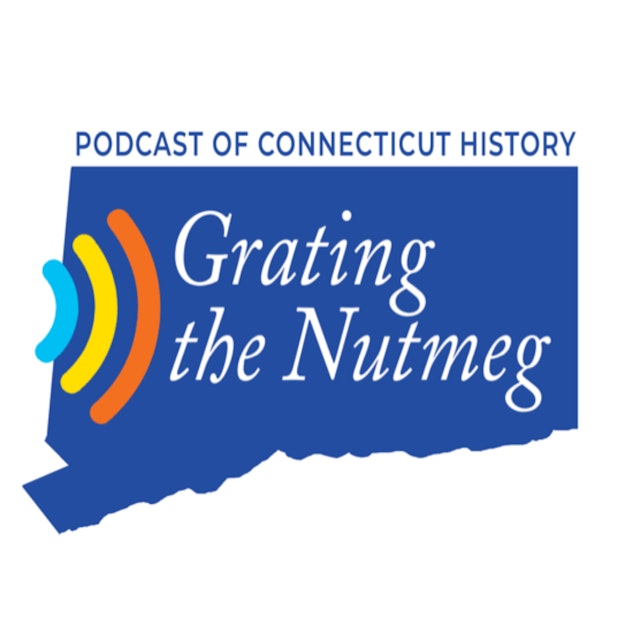In this episode, architectural historian Mary Donohue and podcast engineer Patrick O’Sullivan explore the Hartford work of early twentieth century architect Donn Barber especially his magnificent Connecticut State Library building and two of the city’s early skyscrapers. Her guest, retired Connecticut State Librarian Ken Wiggin, explains how Barber got the plum commission to design the Connecticut State Library.
Donn Barber, born in 1871, a New York City architect, could be called the “Father of Hartford Skyscrapers.” He designed Hartford’s first skyscraper, the Hartford National Bank in 1911, and another, the Travelers Tower in 1919, that reigned as the tallest in New England for decades. The first—the Hartford National Bank Building—was demolished in 1990, while the other—Travelers Tower—is still an icon of the Hartford skyline, one whose owner restored it in 2013. Barber and these two buildings not only dramatically changed Hartford’s skyline, they also played a role in advancing the city’s burgeoning white-collar banking and insurance industries in the early 20th century.
By 1906, architect Donn Barber had received his first commission from the Travelers Insurance Company to design the first section of the Travelers building on Main Street. But was the magnificent Connecticut State Library and Supreme Court Building in 1910 that cemented his reputation in Hartford for designing grand show stopping buildings.
Barber’s Hartford work included several landmark buildings. He designed the Connecticut State Library in 1910, the unrealized Charter Oak Bank Building in 1914, the Travelers Tower in three stages between 1906 and 1919; the Hartford Times Building in 1920, and the Travelers Insurance Co. building at Grove and Prospect streets in 1921.
Washington, D.C.-born Donn Barber received the best architectural training available and worked in some of New York City’s toniest architectural design firms. He was educated at Yale and Columbia universities and the Ecole des Beaux-Arts in Paris, France. The Ecole fostered a generation of American architects who designed in what became known in architecture and city-planning circles as the Beaux Arts style. This Classically-based style reshaped American taste, and its cities, at the beginning of the 20th century. Barber worked for Carrere & Hastings, Cass Gilbert (architect of Waterbury City Hall and New Haven’s Union Station and former owner/resident of Ridgefield’s Keeler Tavern Museum), and Lord & Howlett before opening his own office in 1900.
Learn more about his Hartford work here:
https://www.ctexplored.org/connecticut-state-library-george-godard-gets-his-building/
https://www.ctexplored.org/saving-face-the-hartford-times-building/
and in the Spring 2022 issue of Connecticut Explored.
This episode of Grating the Nutmeg was produced by Mary Donohue and engineered by Patrick O’Sullivan, High Wattage Media, LLC.
Subscribe to Connecticut Explored at https://www.ctexplored.org/subscribe/
The podcast Grating the Nutmeg is embedded on this page from an open RSS feed. All files, descriptions, artwork and other metadata from the RSS-feed is the property of the podcast owner and not affiliated with or validated by Podplay.
